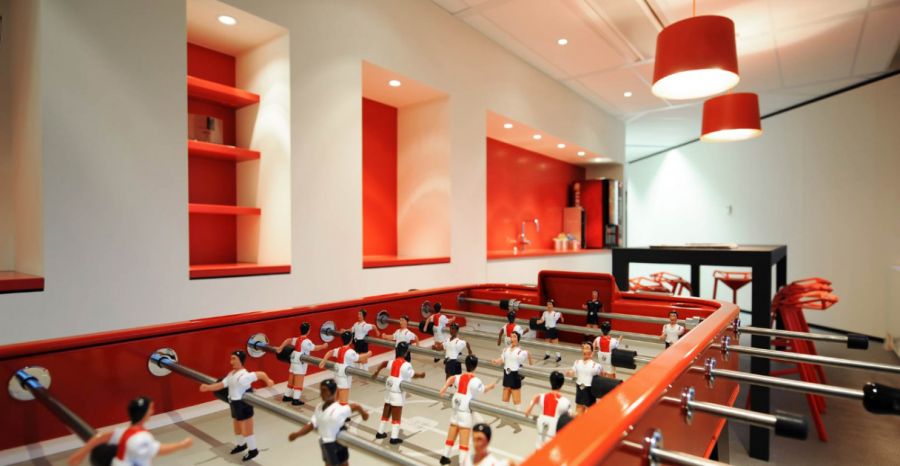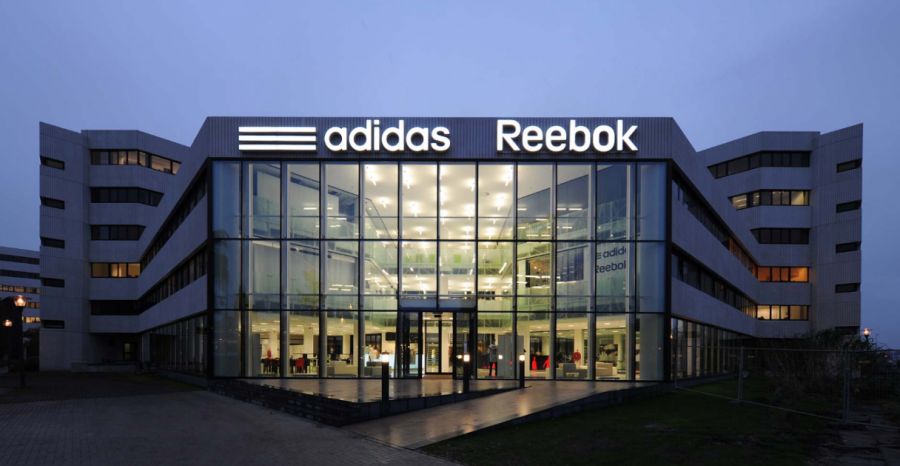
Work-life balance in the modern workplace is not something to be taken lightly. Not only is employee happiness proven to improve productivity and output, but it is an essential tenet for the overall wellbeing and health of the working population.
Especially considering the widespread move from traditional business ethos to start-up culture inspired work environments, corporate wellness has become an imperative feature of the modern business world. Companies of all sizes, structures, and industries have readily adopted corporate wellness initiatives, making the practice a basic expectation for employees.
The logic underlying corporate wellness is indisputable: employees will work more diligently for companies that make them feel cared about and cater to their individual needs on a human level. Providing employees with opportunities to focus on their physical and mental wellbeing combats worker burn out, breeds company morale, and ultimately creates an inclusive flourishing work culture.
Additonally, the residual impact of these programs tends to affect workers on a larger scale. 61% of employees agree that their company wellness programs have led to healthier lifestyles and decisions outside of the workplace as well.
While these programs range dramatically from business to business, many major corporations have used their capital and resources to redefine the scope of corporate wellness on a macro level by creating their own on-site facilities.
As corporate wellness has evolved into a must-have for major corporations, so have the technological needs to service employees and private contractors on their on-campus facilities. With the right fitness technology, corporations can streamline their wellness programs and initiatives for employees to foster a more holistic work environment.
Multi-Faceted Nature of Corporate Wellness
 Since “wellness” is not tied to one exact definition, corporate wellness initiatives tend to not follow a one-size-fits-all approach. Wellness services can include or combine access to any of the following:
Since “wellness” is not tied to one exact definition, corporate wellness initiatives tend to not follow a one-size-fits-all approach. Wellness services can include or combine access to any of the following:
- Fitness facilities or classes
- Provided healthy food or beverages
- Company-sponsored activities or retreats
- Appointments with wellness professionals (masseuses, acupuncturists, etc)
- Recreation or relaxation spaces
- Remote work policies
- Counseling and personal advising services
These benefits provide unique opportunities for corporations to build their brand and personalize their intended work culture. As corporate wellness becomes increasingly common, and even expected in modern workplaces, employers are constantly finding new innovative methods to strengthen their programs specific their own businesses.
Tiers of Common Fitness-based Wellness Programs
Initiatives focusing on physical health tend to be a cornerstone of corporate wellness. Typically, these programs will follow one of these broad formats:
1. Partnering with third party, off-site, companies:
Employers will provide employees with the option of discounted gym memberships or fitness classes at specific companies. This route tends to the most traditional and simple to execute.
Fitness clubs benefit from the influx of memberships even at the discounted rates while employees take advantage of cheaper membership costs. This approach is also relatively little stress on the employers: membership fees can be automatically deducted from employee salaries and paid all at once to the partnering gym.
2. Utilizing Multi-sport Programs
Rather than specifying one gym option for employees, many corporations opt for more flexible wellness packages that facilitate admission to numerous fitness facilities. Similar to a ClassPass model (though ClassPass does offer specific Corporate options), employees enjoy the ease of selecting fitness facilities locationally convenient to them or that align with their fitness preferences. Employers will typically negotiate multi-sport options with a third party provider that negotiates which clubs will be accessible for the employees to choose from.
3. Independently Owned and Operated On-Site Facilities
For international corporate giants who make wellness a centerpiece of their company culture, establishing their own on-site wellness facilities has become the new standard to strive for.
Companies internationally recognized for trailblazing these programs include:
- Amazon
- Nike
- Disney
- Adidas, etc.

Google’s Tel Aviv Campus: Source
By providing these physical wellness opportunities on their own premises, major corporations can cultivate the exact wellness culture they want to achieve by individually designing their facilities and opportunities.
Use Case: How industry leader of corporate wellness, Adidas, has executed their on-site programs
Adidas’ business campuses around the world are an ideal archetype of what corporate wellness programs should strive for. Their extensive work campuses provide everything from full-service restaurants, day-care centers, recreational rooms, and leading innovative work spaces for its employees to channel their creative sides.
Adidas campuses are methodically designed with physical employee wellness and fitness in mind. With company work hour policy based off “Flexitime”, or flexible hours based on trust, employees are encouraged to take advantage of the provided on-site facilities whenever they want.

The facilities typically include any or all of the following amenities: stadiums, tennis courts, football pitch, basketball courts, pools, sand volleyball courts, racquetball courts, rock climbing walls, all in addition to a full-service gym equipped with state of the art equipment, diverse training spaces, first-class trainers and extensive class options. Employees can take trendy classes like yoga, core stabilization, spin, or even join competitive sports teams.
More importantly, these numerous facilities are often used to host company wide activities, courses, or competitions for employees from all different specialties to integrate and get to know each other on a deeper level than strictly professional. Beyond group fitness classes or active retreats, these facilities, like their professional-caliber stadiums and arenas, provide optimal settings for corporate intramural sports leagues.
In addition to traditional sports leagues like soccer, baseball, basketball, etc, Adidas has experimented with offering individual and team dynamic fitness experiences to the employees, like dodgeball games, capture the flag competitions, and aerial trapeze classes.

Active retreats for employees to participate in skiing, hiking, popular obstacle course races, or attend professional sports matches are also frequently available to employees. In 2018, Adidas organized 503 courses and events with more than 7,600 participants at just the Herzogenaurach campus alone. These frequent fitness-oriented excursions cement physical activity as a common value associated with Adidas’ work culture and employees.
With these countless options and opportunities to nurture physical wellness in the workplace, Adidas has undoubtedly cultivated a productive and positive company culture.
But to what extent are its employees taking advantage of these options? To what extent are these offerings actually improving the wellbeing of Adidas' employees, and by extension, Adidas' company culture?
Regardless of the widespread options provided for employees, the success of these initiatives depends on the extent to which employees engage with them. These on-site coporate wellness campuses, like Adidas, can utilize technology to allow their users to get the most out of the facilities, thus truly fostering the company wellness culture these practices are intended to create.
For the Employee, Fit-Tech Can be Used to:
Optimize Wellness Program as a Business Strategy
A wellness study conducted on 4,800 American employees concluded that roughly one third of them underutilize corporate wellness offers provided from their workplaces. When asked why, the most popular reason was that the employees did not see the point or benefit.
As many wellness programs are focused on fun and lightening the work environment, this emphasis can inadvertently take away from the overall intention of them: improving employee health and saving healthcare costs.
At its core, corporate wellness is no different than any other business strategy that should be organized, monitored, and subject to revision to optimize its impact. Wellness programs should target specific traceable outcomes for employee health and behavior, like consistent gym attendance, to be successful.

Since on-site fitness facilities are typically operated by the corporations themselves instead of third party companies, they have the unique advantage to use technology to personally track and accumulate data from their fitness wellness programs.
Like any business strategy, utilizing data to gauge the efficacy and employee interest in your wellness program is crucial for their success. With automated check-in procedures, digital registration, and client history logs, corporations can easily identify their most active users and most popular offerings. Digitally sophisticated management software can easily generate any number of reports detailing specific metrics regarding their facilities.
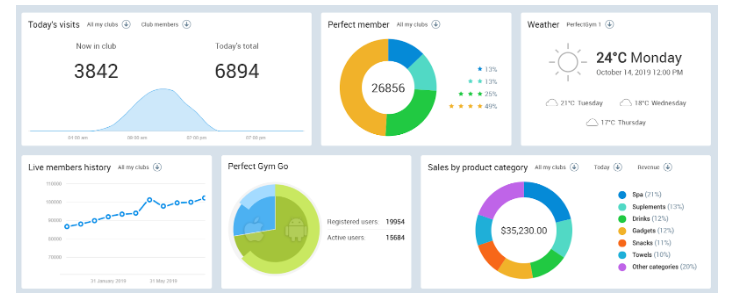
Businesses in turn can use this data to tailor their offers to engage more employees or restructure class schedules based on the most popular classes. Managers can incentivize participation by offering loyalty points to employees every time they participate in fitness activities that can be redeemed for prizes.
Furthermore, applications of this data can be assessed through business intelligence tools to predict future patterns of employee engagement, which will help them make educated decisions to improve their overall wellness opportunities.
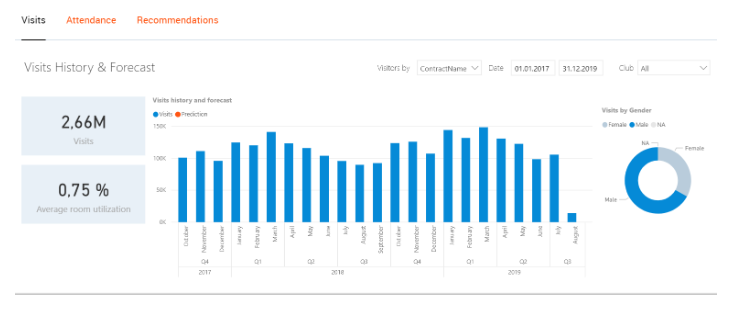
Simplify Access to Wellness Program
The second most common reason reported for employees to not use wellness programs was that they found the offers too complicated to enroll or participate in. Many individuals cited that participation required them to unnecessarily go out of their way or daily routines in order to capitalize on the offers.
The importance of simplicity and instant access in today’s hyper-connected environment is vital for customer engagement with any service or business. In terms of employees using the wellness programs that corporations worked so hard to create, participating needs to be as hassle-free and straightforward as possible.

Registration for memberships, classes, or events should be digitally convenient and open to personal registration. Facilities can utilize self-service kiosks, client portals, or mobile apps to allow their employees to independently manage their own fitness schedules.
Digital platforms can also be used for employees to easily reserve facilities, like tennis courts, recreation rooms, etc, ahead of time for company or personal events.
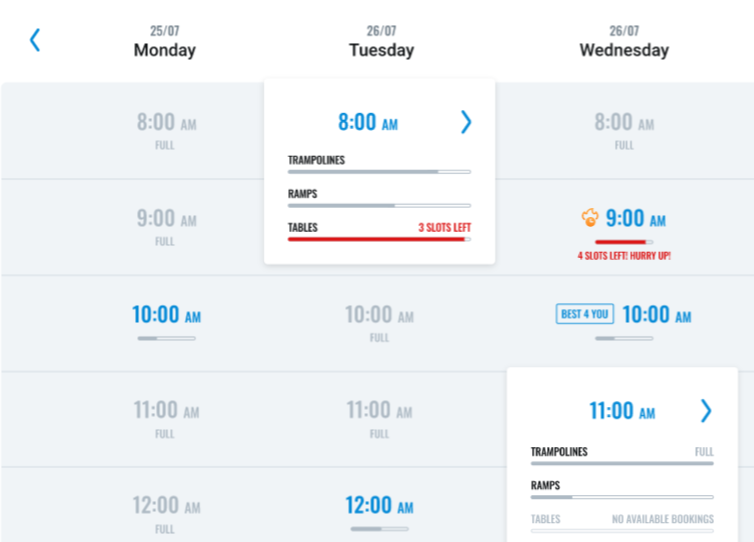
Prioritizing simple sign-up procedures and access protocols to facilities is an imperative first step to optimizing your wellness programs. Providing digitally convenient options additionally eliminates the headache of unnecessary paperwork or hiring staff to carry out such tasks.
Drive Employee Wellness Accountability
On a personal level, fit-tech devices and applications have been instrumental in leading the movement towards public consciousness and accountability to their personal wellness. The most popular devices, like wearables, heart-rate monitors, tracking applications, etc, have become completely normalized for everyday use.
Employees can take advantage of these technologies to get their employees more incentivized to use their services and facilities. Employees can use mobile apps or client portals synced with on-site fitness facilities to keep them on top of their fitness agendas.

These interfaces can easily enable employees to check timetables, sign up for classes, or reserve particular facilities. If applicable, client portals can give employees easy access to important documents related to their wellness programs, like company sponsored meal plans or work out routines.
To boost engagement, these devices can be programmed to easily send clients reminders, workout tips, or extra motivational messages, therefore encouraging them to take full advantage of the facilities. Much of this correspondence can also be easily automated, facilitating easy communication with employees with no stress on behalf of the management side.

With an open API, employees can also sync their personal fitness apps to their fitness facilities mobile app so they can monitor their overall fitness metrics and progress in one convenient place.
Encourage Corporate Socialization and Camaraderie
In addition to driving individualized employee engagement, the same tech can be used to drive a collective workplace community on a macro level. The more access and information employees receive about these intra-department events, the more likely they are to take advantage of them.

Digital notifications can easily sent to publicize special events at your facilities, like guest instructors for exhibition classes (outdoor yoga, etc.), publicize upcoming active retreats, or intra-department sports leagues. These opportunities provide much more than unique ways for your employees to fit in their daily exercise; they allow employees to build camaraderie in a carefree environment.
Personal client portals or mobile apps are also excellent ways to organize company-wide competitions, like fitness challenges. Popular fitness challenges can take on many forms, like most gym check-ins, most classes attended, or most miles run per week. They can also be set up on an individual basis, or for departments to compete with one another. Data accumulated in through your facilities’ mobile app and your employees’ integrated applications can easily be utilized for your employees to participate in these challenges and track their progress.
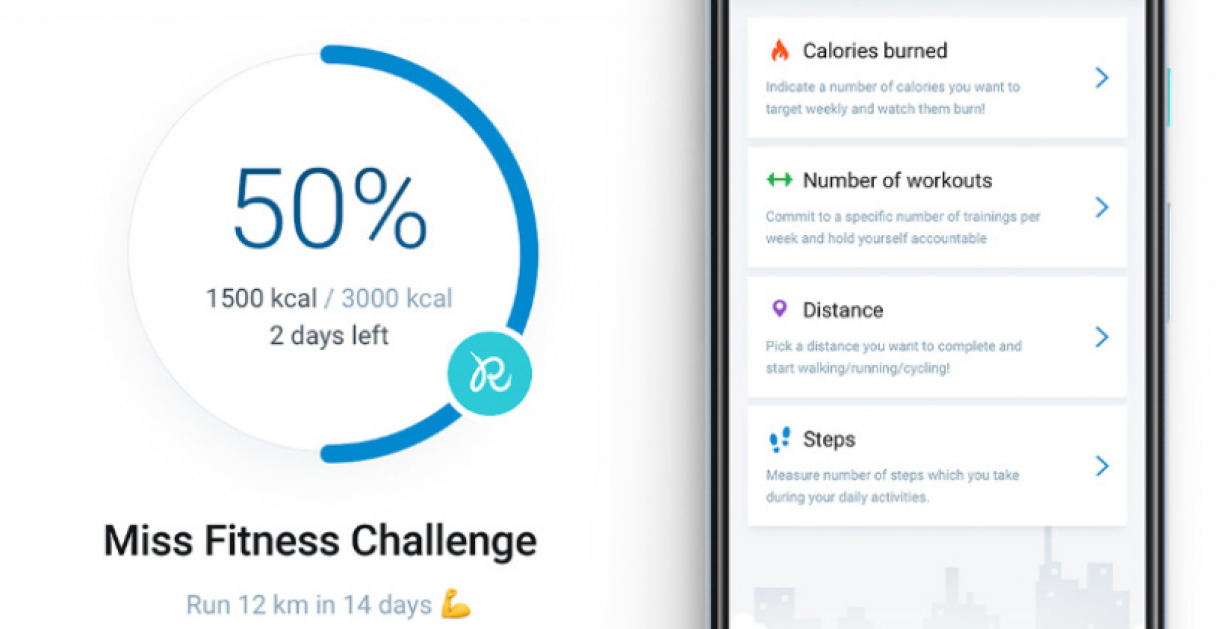
The competitive nature of fitness challenges will not only boost employee use of facilities and individual fitness activity, but it also brings the company together in the name of friendly competition. Managers can also pivot fitness challenges to employee appreciation initiatives by offering prizes or benefits to the winners.
Most of these companies that boast these on-site wellness facilities tend to also have multiple campuses worldwide. The same opportunities socialization can be implemented across all company campuses sites, which can extend company comraderie on an international playing field. For example, fitness challenges can be created that pit each international campus against each other.
Additionally, international facilities can learn and improve from activities executed on its other campuses. Using analytics, employers can also compare employee demographics and usage of facilities across international sites to identify trends and popular activities.
Extend Corporate Wellness to Family Wellness
Many of these on-site programs also provide for the employees’ families to use the facilities. While managing additional family memberships can add unnecessary strain on the management side, technology can easily take on the majority of the burden. Management platforms should be capable of creating streamlined family accounts specific to the particular employee.
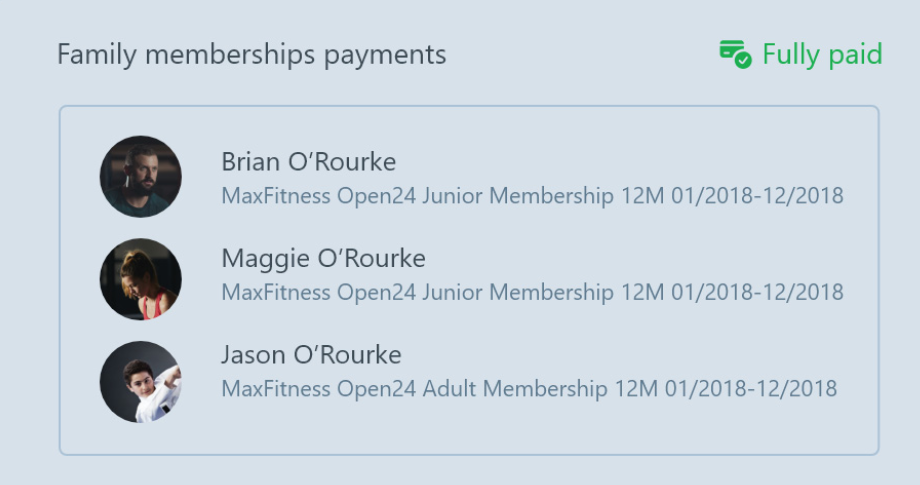
Additionally, management platforms should sponsor age appropriate classes and activities for all family members. For children, this could include swimming lessons, martial arts lessons, or dance courses. Offering these sophisticated level-specific classes for children requires equally sophisticated software.

For example, offering the most common activity for young children, swimming lessons, cannot be managed like standard fitness classes due to differing age groups, skill levels, and safety requirements. PerfectGym’s Swim School Module provides the framework for facilities to differentiate swim courses while creating their class schedule.
Each student will be given their own profile, which can be easily attached to the parent account. Additionally, swim instructors can leave progress reports and achievements on the student profile so parents can always stay up to date on their progress.
Technology-Driven Corporate Wellness Management
From the management side, on-site facilities can bring more benefits back to your corporation besides improved employee wellbeing.
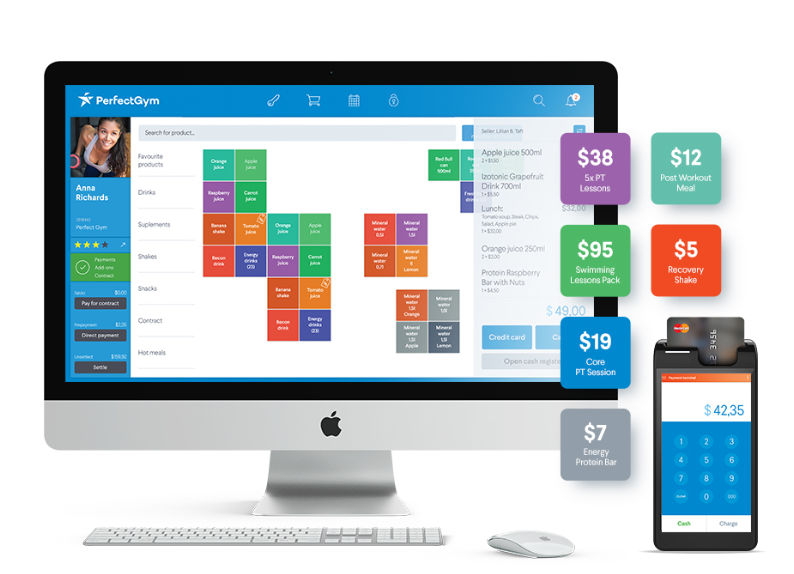
Since many of these on-site facilities operate as traditional fitness clubs, technology can also be used to easily streamline the management side of it and eliminate any potential stress offering these services can put on the corporation. If on-site facilities require their employees to manage their payment plans or memberships autonomously, they can be easily managed on their own terms via mobile application or client portal.
Corporate gyms can take advantage of cost efficient automated services to operate their facilities with lower overhead costs. Facilities can utilize self-service means, like autonomous access control systems or self-service kiosks as opposed to employing numerous on-hands employees or receptionists.
Additionally, on-site facilities can create lucrative opportunities to generate additional revenue from contractors. Apart from membership, class, or facility fees, this revenue can come from private training bookings or secondary spend products like food, beverages, apparel, etc. In order to track additional revenue streams, software systems can autonomously track additional income or warehouse product supplies.

Final Thoughts
With modern business ethics becoming increasingly progressive, corporate wellness initiatives are bound to follow suit. However, these offers are only as effective as the amount they are used by employees. In order to institute successful programs that employees will get properly utilize, businesses need to approach corporate wellness with the same modern analytical methodologies to produce traceable outcomes.
Technology can play an integral role in both optimizing on-site facility wellness offers and piquing employee participation in wellness programs. If major corporations truly want employee wellbeing to comprise the heart of their business ethics and work culture, technologically fueling their wellness programs is a vital first step.
